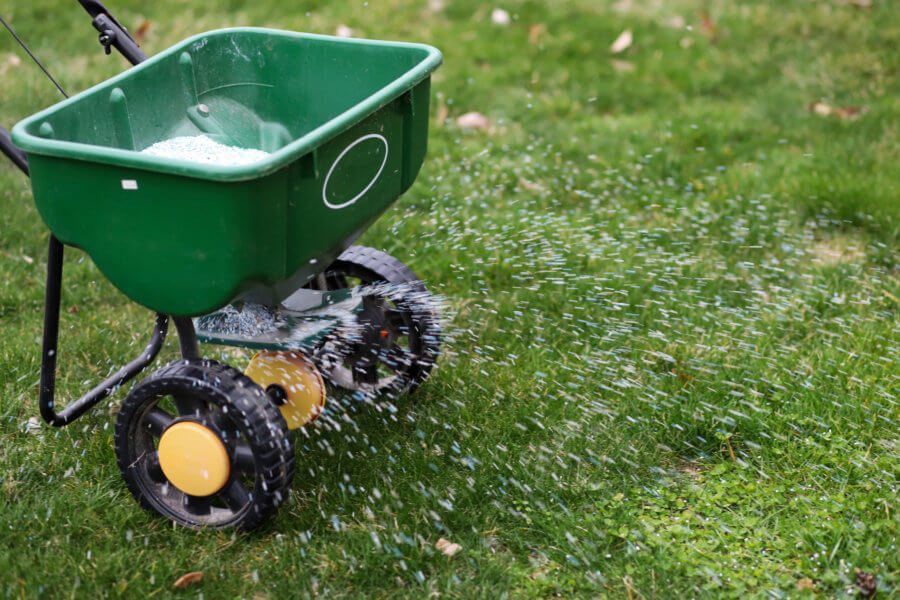
Fertilize Your Lawn Properly
Proper fertilization is one of the key components of effective lawn care. It is important not to skip this crucial element each year. First of all, you must understand that not all lawn types have the same fertilization requirements. Too much or too little can create problems for both your lawn and the environment. Be sure to take the time to figure out exactly what your lawn needs. Follow these simple steps to get it right each and every year.
Start by Identifying Your Grass Variety
There are many different types of grasses that grow well in Florida’s climate; your lawn may not be the same species as your neighbor’s. Because of this, what works for their lawn may not necessarily work for yours.
Schedule a Soil Composition Test
Next, you should determine your soil quality and composition. Your lawn care provider can test the soil for you, giving you a detailed report of its components. This way, you can compare soil composition to your lawn’s requirements and determine what is needed in terms of fertilizer. Analyze your soil report to determine what it is lacking so that you can replenish and fortify those nutrients. Different fertilizers target different nutrients, so take care in choosing the most appropriate formulation for your lawn’s needs.
Measure the Size of Your Lawn
Now that you know what type of fertilizer your lawn requires, your next step is to determine how much of the solution you’ll need. With too little fertilizer, your lawn won’t be able to get all of the nutrients it requires. If you apply too much fertilizer, on the other hand, it can also be harmful to your lawn, while also potentially contaminating the groundwater with chemicals. Not only that, but fertilizer runoff can also get into the ocean water, potentially causing issues for marine life, so take extra care to avoid overdoing it if you live close to the coastline. Measure the length and width of your lawn, and multiply to determine its total area. You can then combine this information with that on the fertilizer packaging to ensure you purchase the right amount.
Fertilize at Optimal Times of the Year
Many grasses that thrive in Florida are warm-weather grasses, meaning that they only grow during spring, summer, and fall, going dormant in the winter. However, there are some perennial or year-round grasses here as well. For your lawn to get the most benefit from fertilization, it is best to stick to only those periods when the grass is actively growing and can pull the nutrients from the soil. Perennial grasses can be fertilized any time, but for warm-season grasses, it is best to stick to one application in the spring, one or two in the summer, and one more in the fall, spreading the doses out as evenly as possible. Be sure to abide by any local fertilizer blackout dates in your area. There are some municipalities in Florida that do not allow fertilizer to be used during summer months.
Choose the Right Day to Fertilize
Florida summers often see frequent rains, which can make it difficult to determine when to fertilize your lawn. Keep watch on the weather forecast. Aim to fertilize when there won’t be any rain coming for a few days. Rain can rinse away the fertilizer before it has had a chance to really get into the soil, diminishing the amount of nutrients your lawn will get and increasing the risk of runoff. It is best to avoid running your sprinklers for a few days after fertilizing as well for the same reason. Look for fertilizers in a slow-release format. These have less risk of runoff and can deliver the nutrients to your lawn more evenly over time.
Contact Duda Sod For All Your Lawn Needs
Reach out to Duda Sod for new sod for your yard or to fill in any gaps before you fertilize. Contact our team today to learn more and get started.